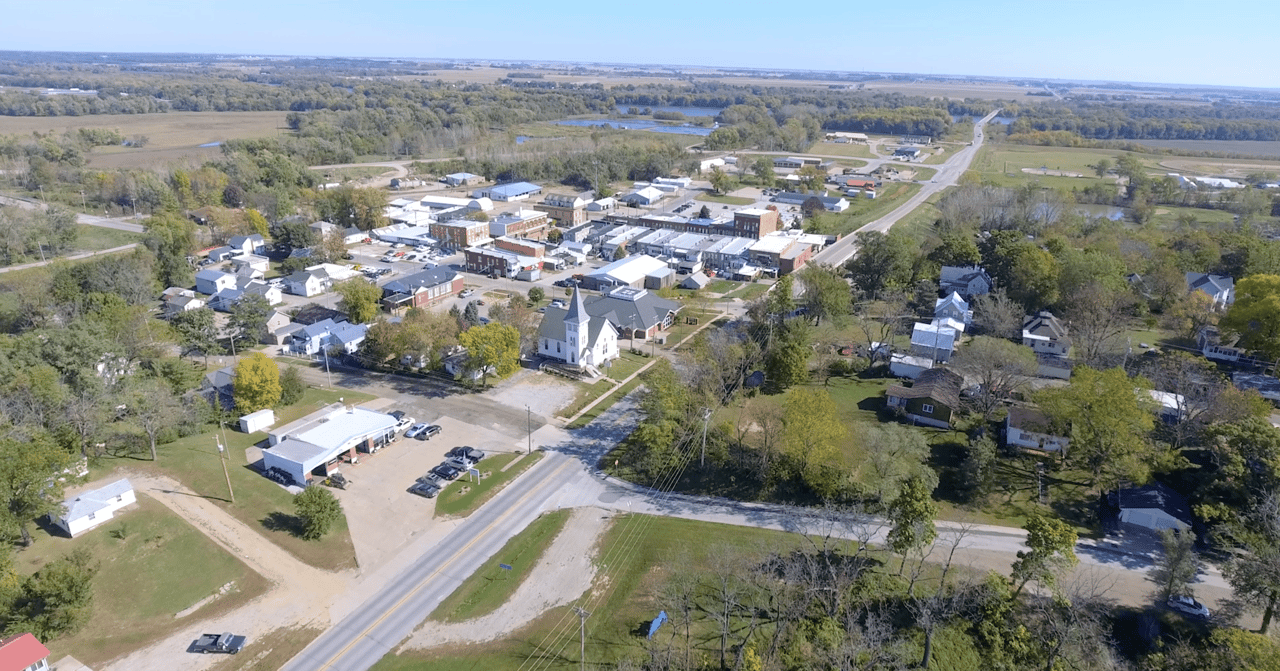The 3 Best Places to Open a Telepharmacy

Location, location, location. Although retail telepharmacy is a great way to grow your operation, you'll want to be sure to pick the right location.
If you’re reading this, that means you’re interested in expanding your pharmacy operation. But where should you look to set up shop? As a pharmacy owner or director, how do you start to evaluate potential sites?
We're here to help. Every situation is unique, but here are our picks for the three best locations to open a telepharmacy.
1. Rural communities
Remember, every situation is different, but here’s the initial criteria we look for in regards to rural locations.
- Mileage: the town is typically several miles from the nearest retail pharmacy (there is a need).
- Population: roughly 500+ people to ensure a sufficient prescription volume.
- Near clinics or providers: finding a town with a clinic, physician, nurse practitioner or a physician’s assistant would be ideal as you can encourage patients to fill their prescriptions at your local, in-town pharmacy.
Other criteria we look for:
- Elderly population: is there an assisted-living center?
- Local quality-of-life services: is there a grocery store, bank, dentist, etc.?
All of these factors play a big role in the potential success of your rural community telepharmacy, however, the most important criteria in regards to a rural location is community interest and support. If you can get the members of the community excited about the possibility of local pharmacy services, you should be able to open a successful remote-dispensing site. This can be done through community support initiatives, such as financial support from the city council, and other marketing activities.2. Inside or near health systems and clinics
Whether you're a independent community pharmacy owner or you're involved in pharmacy operations at a health system, here's a list of organizations that could benefit from dispensing at the point of care via telepharmacy:
- Retail medical clinics (a growing trend in healthcare)
- Traditional health systems
- Specialty clinics
- Critical access hospitals (CAHs)
- Federally qualified health centers (FQHCs)
- Mental health centers
- Academic medical centers (including student health centers)
- Employer campuses
The benefits of an on-site pharmacy as as follows:
- Improved medication adherence
- Reduced readmission rates
- Generate added revenue
- Improve health outcomes and the overall patient experience
Opening a telepharmacy inside of a federally qualified health center, or a covered entity, is also a great idea because you can provide 340B prescriptions to help make up for lost reimbursements. Normally these clinics already serve patients located in pharmacy deserts, and can help to share the cost of operating the location. Telepharmacy allows FQHCs to offer point-of-care dispensing in a manner that's convenient and cost-effective for both the health system and the patient.
3. Underserved Urban Areas
Although telepharmacy was originally designed for rural use through the North Dakota Telepharmacy Project, the impact it can have on urban communities has become clearer in recent years.
According to a study published in the November 2014 issue of Health Affairs, research suggests that low-income neighborhoods in major cities are likely to be underserved by pharmacies. Take Chicago, for example. “Of Chicago’s 802 census tracts, 32 percent were in pharmacy deserts,” according to the Health Affairs study. “Approximately 1 million people live in pharmacy deserts (in Chicago), and 53 percent of these people live in segregated black communities.”
The same is true of Los Angeles county, where a recent study by UC Irvine found that 25% of the county's census tracts are considered pharmacy deserts. The evidence shows that just because patients live in urban settings, it does not mean they have convenient access to a pharmacy. Many of these underserved patients live in lower-income parts of the city where pharmacies are not located on every corner, leaving patients with no choice but to make long treks to the nearest pharmacy. This may mean taking public transportation, hitching a ride from friends/family, or walking several busy city blocks.



.jpg)

